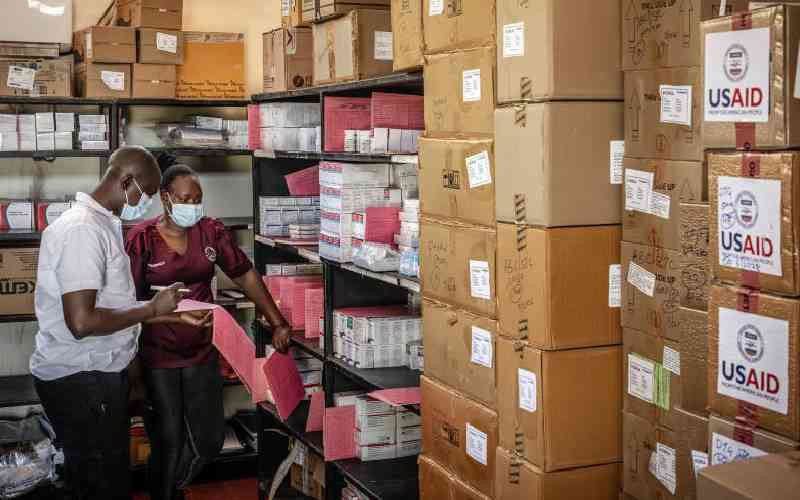By MARK KAPCHANGA
High levels of illiteracy could blight county economies, a new report by the Kenya National Bureau of Statistics (KNBS) and Society for International Development says.
The report shows that over 15 counties have more than 30 per cent illiteracy levels.
Turkana leads with 82 per cent illiteracy, followed by Wajir, Garissa, Mandera and Marsabit at 76 per cent, 74 per cent, 70 per cent and 68 per cent respectively.
On the other hand, Nairobi, Kiambu, Kirinyaga, Murang’a and Machakos top in the number of people who are able to read and write at 89 per cent, 88 per cent, 87 per cent, 86 per cent and 85 per cent respectively.
According to the report, people in Nairobi County have 15.4 times more access to secondary school education or above than those living in Turkana County. They also have 2.2 times more access to secondary school education than an average Kenyan.
Still, individuals living in Turkana County are seven times less likely to have access to any secondary education than an average Kenyan.
No education
“The proportion of individuals with secondary education in male-headed households is higher than in female-headed households across all counties,” said the report.
The inequality challenge facing the country is conspicuous, with the revelation that Turkana County’s proportion of population with no education is eight times that of the highest ranked county, Nairobi.
At constituency level, Loima Constituency in Turkana has the highest share of individuals with no education – at 93 per cent – compared to Makadara Constituency in Nairobi with the least at 8.2 per cent.
This means that a person in Loima is 11 times more likely to have no education than one in Makadara.
Analysts say the high illiteracy levels are the reason behind the rising crime rates and low economic growth.
The United Nations Educational, Scientific and Cultural Organisation argues that illiteracy stifles opportunities for innovation and dampens the economic potential of millions of people. Currently, about nine per cent of the world population is illiterate.
Stay informed. Subscribe to our newsletter
It says that in sub-Saharan Africa, more than 50 per cent of people are unable to read and write. “To boost global economy, nations must invest in solutions to promote literacy on a global level,” said the United Nations body.
Without work
Education levels in counties seem to be positively correlated with the number of people working. The proportion of population that works for pay in Turkana, Mandera, Garissa and Tana River counties is 0.06 per cent, 0.07 per cent, 0.1 per cent and 0.11 per cent respectively. However, in Nairobi, Mombasa, Kiambu and Kajiado, the fraction of people that work for pay is 0.47 per cent, 0.41 per cent, 0.38 per cent and 0.33 per cent respectively.
It is no coincidence that the counties with the highest proportion of their populations without work are among the poorest in Kenya.
 The Standard Group Plc is a
multi-media organization with investments in media platforms spanning newspaper
print operations, television, radio broadcasting, digital and online services. The
Standard Group is recognized as a leading multi-media house in Kenya with a key
influence in matters of national and international interest.
The Standard Group Plc is a
multi-media organization with investments in media platforms spanning newspaper
print operations, television, radio broadcasting, digital and online services. The
Standard Group is recognized as a leading multi-media house in Kenya with a key
influence in matters of national and international interest.
 The Standard Group Plc is a
multi-media organization with investments in media platforms spanning newspaper
print operations, television, radio broadcasting, digital and online services. The
Standard Group is recognized as a leading multi-media house in Kenya with a key
influence in matters of national and international interest.
The Standard Group Plc is a
multi-media organization with investments in media platforms spanning newspaper
print operations, television, radio broadcasting, digital and online services. The
Standard Group is recognized as a leading multi-media house in Kenya with a key
influence in matters of national and international interest.





